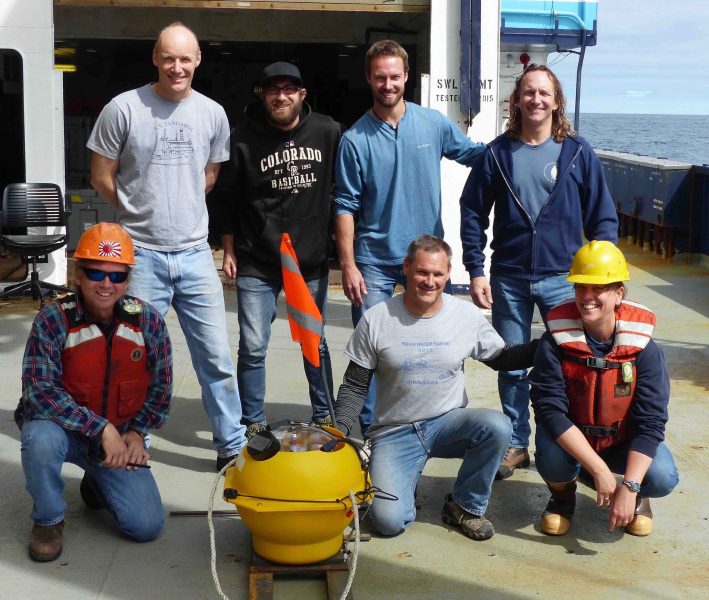Starting Subduction
October 29, 2021

Subduction zones are cornerstone components of plate tectonics, with one plate sliding beneath another back into Earth’s mantle. But the very beginning of this process — subduction initiation — remains mysterious to scientists because most of the geological record of subduction is buried and overwritten by the extreme forces at play.
The only way to understand how subduction zones get started is to look at young examples on Earth. By using a combination of seismic imaging techniques, Brandon Shuck, a doctoral candidate at the Jackson School of Geosciences, did just that, leading research that helped create a detailed picture of the Puysegur Trench off the southwestern coast of New Zealand.
“This location in the south of New Zealand is one of the best places in the world to study how new subduction zones form because it’s actively undergoing that transition, so we can capture how it’s acting today and how it came to be in the past,” Shuck said.
The results were published in Tectonics in April 2021. The study’s co-authors include the Jackson School of Geosciences’ Sean Gulick, Harm Van Avendonk, Steffen Saustrup and Thomas Hess.
At the Puysegur Trench, the Pacific plate to the east overrides the Australian plate to the west. The area is extremely tectonically active and has shifted regimes several times in the past 45 million years, transitioning from rifting to strike-slip to incipient subduction. The trench’s well-preserved geological history makes it an ideal location to study how subduction starts.
The researchers contend that the differences in lithospheric density combined with existing weaknesses along the strike-slip boundary from the previous tectonic phases facilitated subduction initiation. The team concludes that strike-slip might be a key driver of subduction zone initiation because of its ability to efficiently bring together sections of heterogeneous lithosphere along plate boundaries.
This article is adapted from a piece originally published in EOS.
Back to the Newsletter